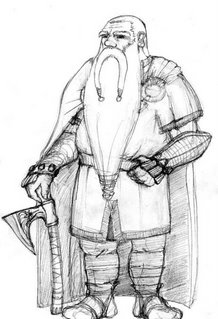Chapter 33: Parallel Lines

Letting the real world intrude into this pleasant excursion into fantasy for a moment, I note the launch of Windows Vista. I hope the launch of Pynchon’s non-best-seller will have more of an extended affect on the world than a minor revision to the ubiquitous OS. (The new version of MS Office on the other hand may have a major impact!)
I’m now about two months into the four-month long project, and though I’m not quite halfway through the giant text I’m closer than I thought I would be two weeks ago. This personal text which accompanies the Pynchon text is certainly not academic, more like an extended meditation.
In this short chapter we return to one of the (minor?) narratives, this time involving Merle Rideout and Rosswell Bounce (Weather balloons bouncing off the New Mexico desert floor?) at the University. The narrator of the AGD wiki also notes the appearance of Chick Counterfly, the only member of the Chums to appear outside a Chums’ Chapter—though many characters in Chums’ chapters have crossed the boundary between the adolescent fantasy genre and the (more realistic?) other genres. Note also that Counterfly came to the Chums from the real world, and his name (Counterfly) seems to be a synonym for Gravity.
Pynchon’s exploration into Manicheanism, and the dualities and light and darkness continues his humorous deconstruction of binaries. Consider: Good Traverse versus Bad Vibe, Gravity versus Time, light versus darkness, photograph versus negative, scientist (Ph.D.) versus Engineer. As Pynchon says throughout V., excluded middles are bad shit. Note also the references to C.A.C.A (Caca=shit) in the previous chapter.
As both a Ph.D. and an engineer (or if time matters, Ph.D. now; former engineer), I am a living excluded middle.
As brothers of the film (“lens-brother”-p.450)—Pynchon returns to his love of motion picture—Bounce and Rideout are members of a Masonic-like fraternity!
The discussion of Lobachevsky—discoverer of non-Euclidean (hyperbolic!) geometry, ia yet another connection to GR.









